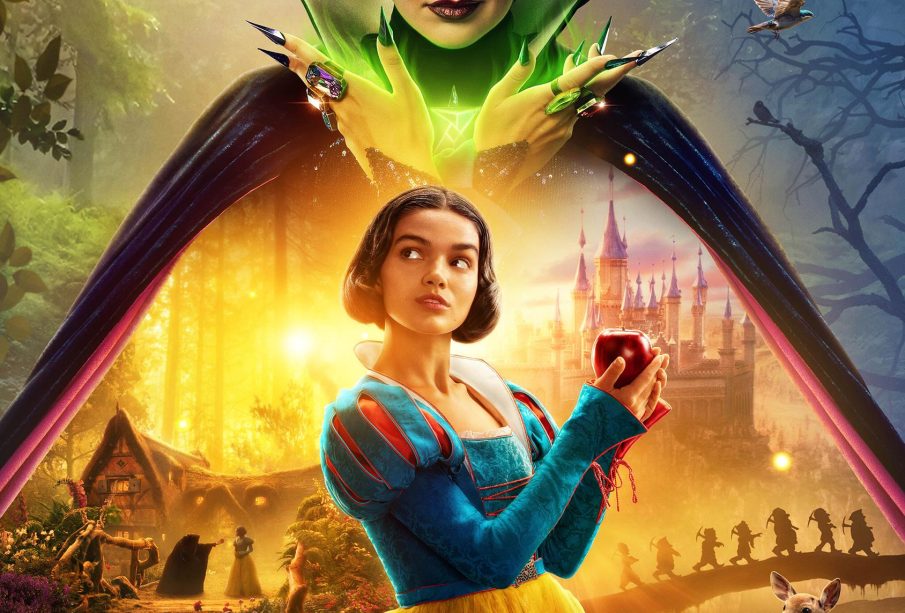The Enduring Legacy of the Snow White Disney Movie

Introduction
The Snow White Disney movie, released in 1937, holds the distinguished title of being the first-ever full-length animated feature film, marking a significant milestone in the history of cinema and animation. Its innovative approach in storytelling and animation techniques not only revolutionized the film industry but also set a benchmark for animated films that followed. As we celebrate over eight decades since its premiere, the relevance of Snow White continues to shine through generations, captivating both young audiences and nostalgia-driven adults.
The Birth of a Disney Classic
Snow White and the Seven Dwarfs, inspired by the Brothers Grimm fairy tale, was a groundbreaking project for Walt Disney and his team. The production faced financial risks, with the budget stretching over $1.4 million—a staggering amount for its time. However, upon release, it became a phenomenal success, grossing over $8 million in its first year alone and establishing Disney as a prominent name in entertainment.
The film was lauded for its artistry, featuring hand-painted cels, vivid colors, and memorable music, including iconic songs like “Someday My Prince Will Come”. The combination of these elements created an enchanting experience that resonated with audiences and demonstrated the potential of animated storytelling.
Cultural Impact and Legacy
Over the years, the Snow White Disney movie has significantly influenced pop culture, characterized by its iconic characters, memorable quotes, and a narrative that underscores themes of hope, bravery, and the triumph of good over evil. The character of Snow White herself has become a symbol of innocence and empowerment, inspiring countless adaptations and merchandise worldwide.
In addition to its entertainment value, Snow White has been the subject of various analyses and discussions regarding representation, feminism, and cultural perceptions over the decades. As society evolves, the film’s reception has prompted conversations about gender roles, beauty standards, and the importance of character development in children’s media.
Conclusion: The Future of Snow White
Snow White’s legacy as a pioneering figure in animation is secure, yet the discourse surrounding the film continues to evolve. With live-action adaptations, themed attractions, and merchandise releasing regularly, the Snow White Disney movie remains a relevant part of contemporary culture. As discussions about representation and inclusivity gain momentum in modern storytelling, it will be fascinating to see how Disney continues to reinterpret this classic tale for new generations of viewers.








